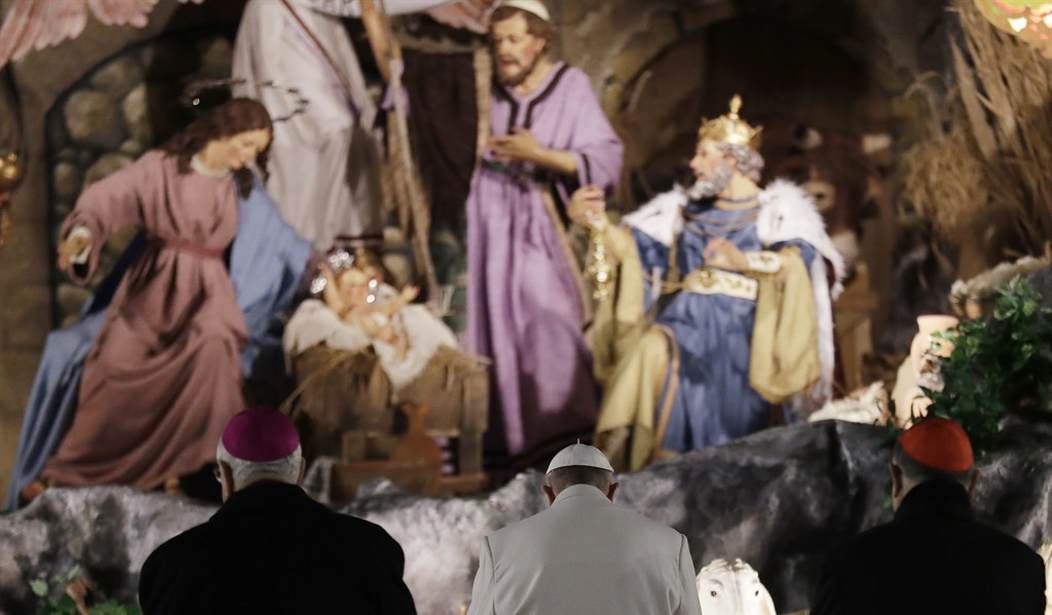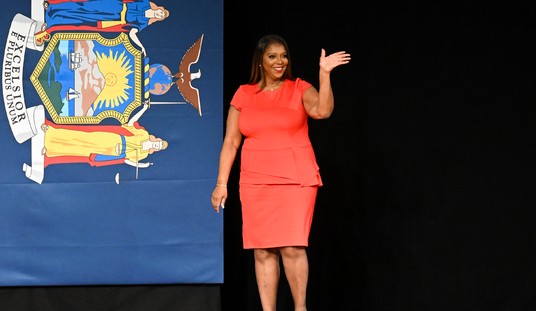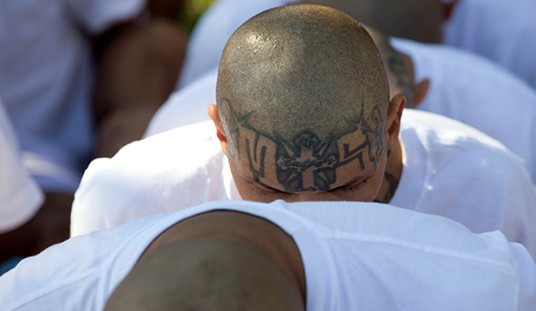Christmas is not a one-day celebration. For centuries, the Twelve Days of Christmas weren’t just a song for the Christian world — they were celebrated as part of the nearly two-week-long holiday that we now consider a single day.
A celebration on January 7 of the wise men visiting Christ after His birth dates back at least to the early 300s (it is still celebrated as the date of Christmas by some Eastern Christians). By the early 400s, Christ’s birth was being celebrated on December 25. While we do not know for certain what the exact date of Christ’s birth was, the early Christians were never random. It is highly likely that some ancient tradition, of which written records do not exist, indicated the end of December and the beginning of January to the early Christians as the timeframe for Christ’s birth and the visit of the kings. And, no matter what the atheists would like you to believe, the Christians did not tend to choose their holidays based on when the pagans were holding seasonal orgies.
The timeframe of December 25 to January 7 was the foundation for what would eventually become a 13-day celebration (the end date was moved to Jan. 6). In a number of countries, including England and Spain, Christmas festivities continued for the twelve days after Christmas Day, ending on Twelfth Night (like the title of the Shakespeare play) or Epiphany.
I have not been able to find a reliable source stating exactly when the thirteen-day celebration solidified, but it certainly continued to be integral to Catholic and some Protestant celebrations of Christmas into the 1800s. Charles Dickens mentions a Twelfth Night party and “immense twelfth-cakes” around the Ghost of Christmas Present in his classic “A Christmas Carol.” Twelfth Night was an even bigger celebration for many than Christmas Day in colonial America, and a popular date for weddings. George and Martha Washington were one famous couple whose wedding anniversary was Jan. 6.
There are different traditions associated with celebrations of Twelfth Night. One, in Spain and England, and then the New World, was the king cake. There are different variations. In Hispanic cultures, the roscón de reyes is a roll twisted into a circle with fruit. Or king cakes could include a bean in one slice, and whoever got the bean was the king or Lord of Misrule for the day (there were variations of the Lord of Misrule in France and Scotland too). Martha Washington’s recipe required 40 eggs, 4 pounds of butter, 4 pounds of sugar, 5 pounds of flour, and candied fruit peels and nuts!
In Spain, children left out their shoes with straw in them the night before Jan. 6, the straw being for the Wise Men’s camels, since Epiphany celebrates the kings who came to worship Baby Jesus (Matt. 2). Instead of Santa Claus bringing presents there, the three kings would bring presents for the children just as they did for Baby Jesus, filling the children’s shoes with presents in return for the straw.
Meanwhile, in some Byzantine Catholic and Orthodox churches, Jan. 6 is also Theophany, which commemorates the baptism of Jesus and a clear revelation of the Holy Trinity. The wedding at Cana (John 2) is also commemorated in Catholic tradition on Jan. 6. These three events — the Magi, Jesus’s baptism, and Cana — all share one thing in common: they reveal Jesus’s divinity to the world.
So, this Christmas, don’t celebrate just one day and take down the tree and nativity on Dec. 26. In my family, my mother made us spread out our presents over several days instead of opening them all on one day. Make a king cake. Have a Twelfth Night party. Leave up the lights and decorations. Goodness knows we all need a little extra holiday cheer this year, and how wonderful it is to return to our roots, to celebrate the Twelve Days of Christmas as Christians have for hundreds of years!










